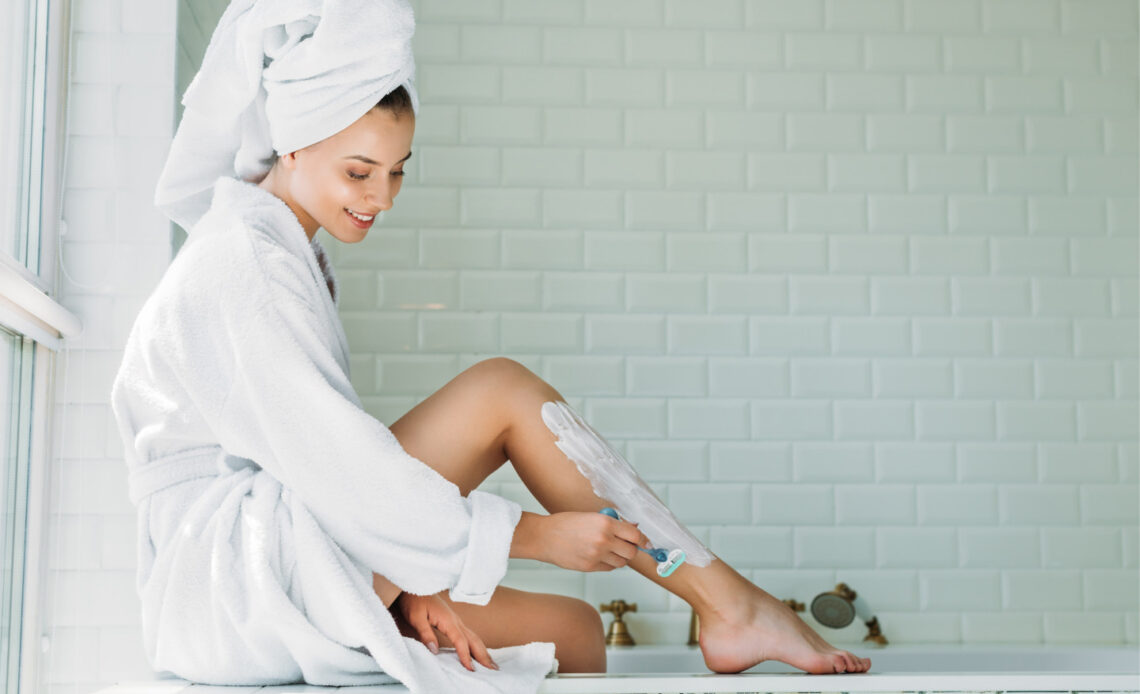
We tell you in the article what causes irritation and what to do about it.
- Symptoms
- Causes
- How to shave correctly
- How to remove irritation
Symptoms of Razor Bumps
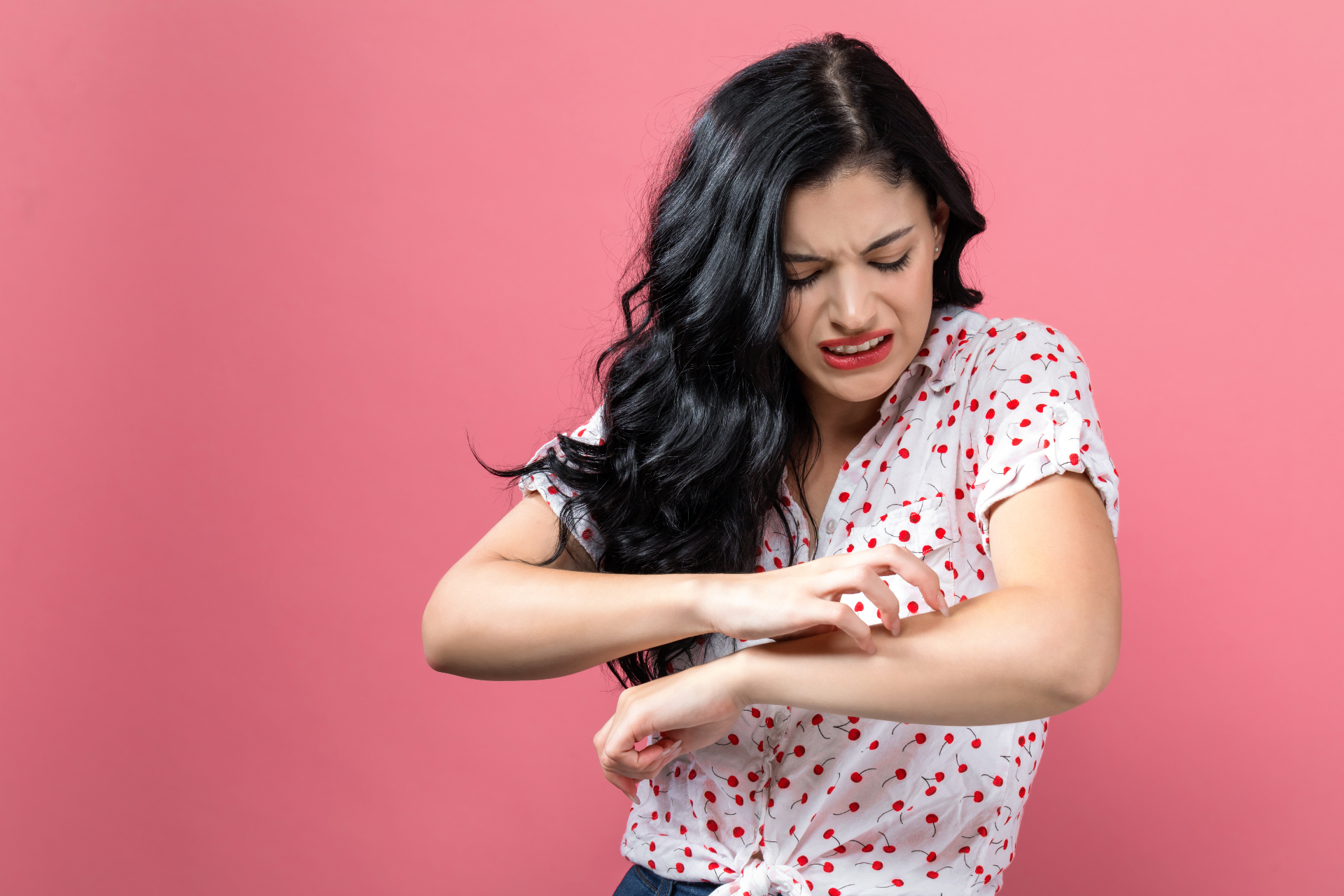
Severe itching and redness of the skin are clear symptoms of irritation after shaving.
Irritation after shaving often has quite clear symptoms that are easy to recognize. They can appear immediately after the procedure or appear a day later:
- severe itching;
- redness;
- swelling;
- ingrown hairs;
- burning;
- peeling;
- inflammation;
- red bumps on the skin;
- acne.
What causes irritation after shaving?
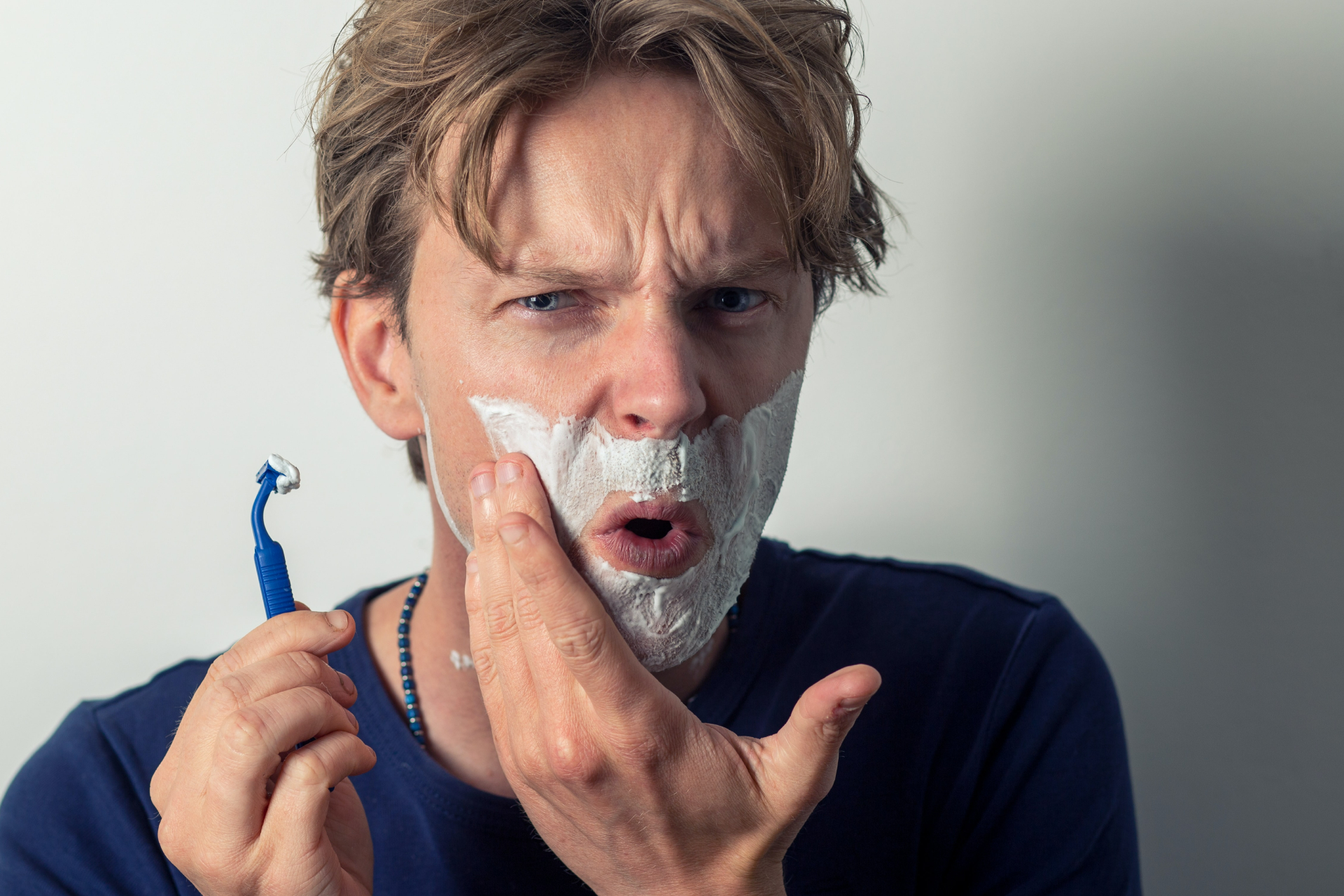
Razor burn can occur for many reasons, especially if the process is done hastily or without taking precautions.
1. Shaving on dry skin
When removing hair without pre-moistening, the skin is injured. It is not steamed, and it is more difficult to remove hairs, it requires additional effort. Pressing on the machine leads to cuts, excessive pressure on the skin.
2. Dull blades
Dull razor blades do not cut hairs gently, but scratch the skin, cause microtrauma, and increase the risk of cuts. They also do not shave hairs immediately, which means you have to run the razor over the skin several times and with great pressure. This causes itching, ingrown hairs, and burning of the skin.
3. Incorrect shaving technique
Shaving against the grain can cause injury. The blade not only removes hair, but also damages the protective layer of the skin. This causes irritation and itching, and also contributes to improper hair growth in the future, ingrown hairs, and inflammation of the hair follicles. For the same reason, you should not press hard on the skin or go over the same areas many times.
4. Wrong choice of cosmetics
Creams, lotions and oils used before, during and after shaving may contain too much alcohol, fragrances or may not be suitable for your skin type. Such products cause irritation and itching, as well as other unpleasant symptoms. Therefore, it is better to consult a dermatologist before using them.
5. No makeup
It is important not to neglect the use of suitable shaving gels and foams, as well as moisturizing lotions. They soften the skin, retain moisture and minimize the damage caused by the painful procedure.
6. Shaving too often
Daily use of a razor can damage your skin and increase the risk of irritation.
7. Tight synthetic clothing
If you put on clothes that are too tight or made of poor quality materials immediately after the procedure, this increases the risk of irritation. Cleanly shaved skin now comes into direct contact with fabrics that rub or cause increased sweating. Also, particles of washing powder or other detergents remain on the clothes, which also increases the itching.
How to shave without irritation
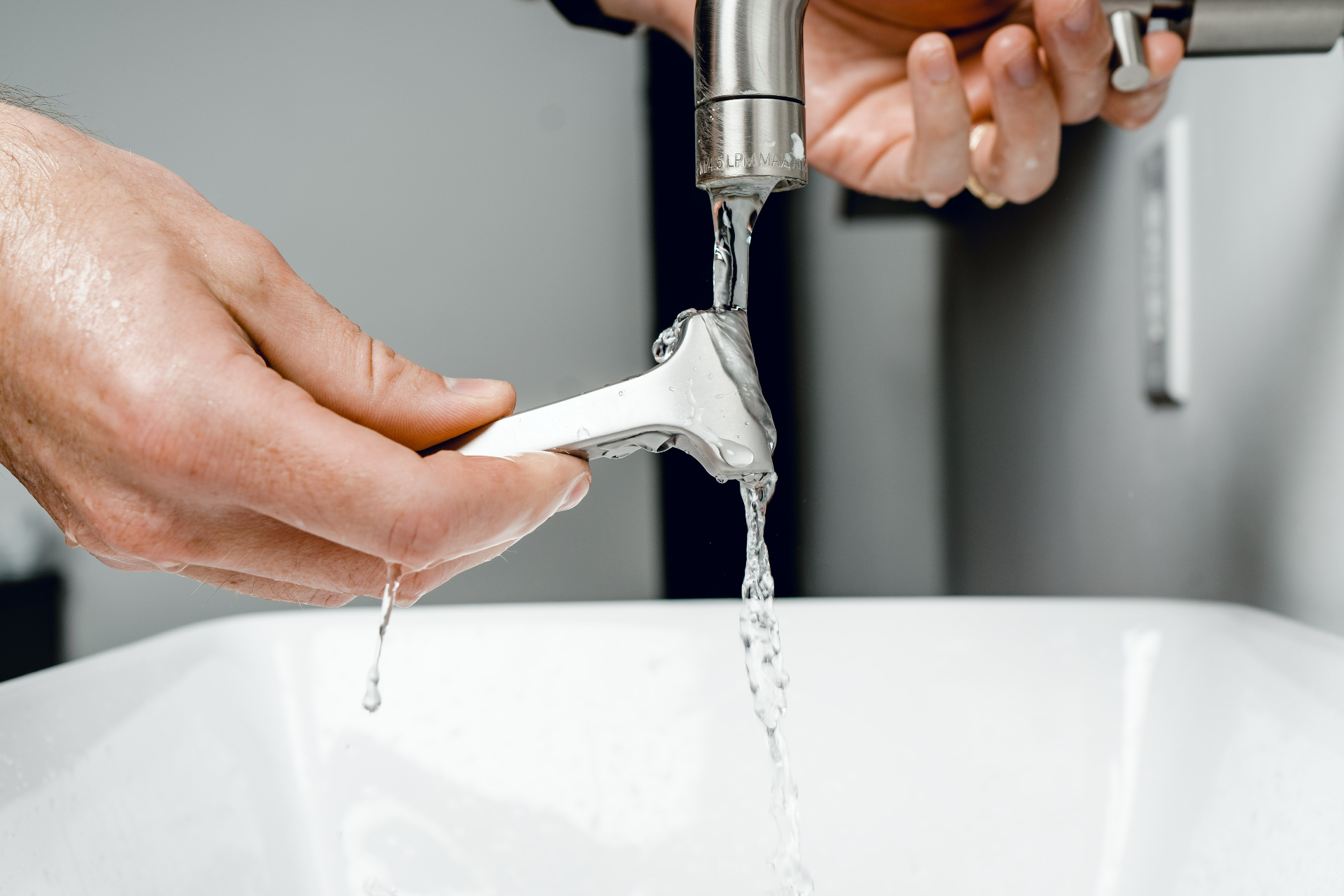
Irritation after shaving can be avoided if you approach the process carefully and devote enough time to it.
- Prepare the skin. It is best to steam your skin before shaving. It will become softer, the pores will open, and hair removal will not be so painful. Ideally, do the procedure after a hot shower and in the evening: this way the skin will have time to recover overnight.
- Use new blades. Use a fresh razor whenever possible. Different types of razors will have different shelf lives. But for best results, shave sensitive areas with a new blade each time.
- Select cosmetics. Choose pre- and post-shave products according to your skin type. Make sure they do not contain alcohol, fragrances, or harsh perfumes. Allow moisturizing aftershave lotions to fully soak in, and do not go outside immediately after the procedure. Rinse your face with cold water immediately after shaving and use a cooling gel, such as pure aloe vera or witch hazel. You can also buy special hypoallergenic oils or lotion to soothe your skin after shaving.
- Shave properly. You should not do the procedure on the run, you should have enough time to carry out all its stages in a calm mode. Pull the skin taut and shave in the direction in which the hair grows. Do not move the razor several times over the same area of the skin. Rinse it after each movement. Do not apply force or press the razor, this can cause damage.
- Machine maintenance. If you use a reusable razor, you should check it before each use. Rinse it thoroughly after shaving. Do not store the razor near water to avoid the growth of bacteria. Store it in a dry place. Wipe the blades with alcohol before and after use. If the blade is damaged, rusted or dulled, replace it.
How to remove irritation after shaving
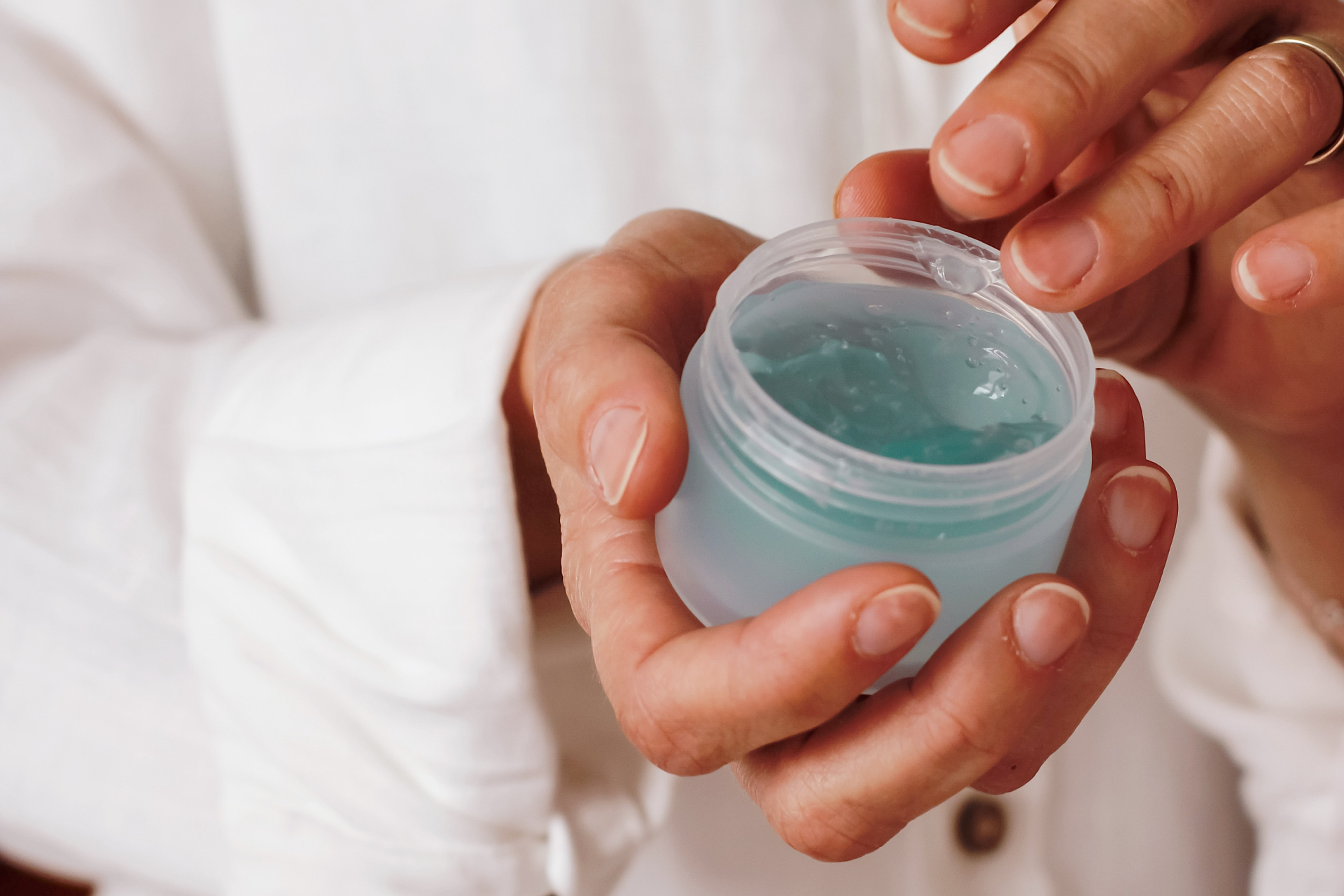
If irritation cannot be avoided, you can alleviate the symptoms and speed up the healing process.
- Avoid touching. Avoid touching the affected areas to avoid itching and contamination and infection. Also avoid shaving until the irritation has gone away.
- Apply cold compresses. A cool, damp compress can help relieve itching and reduce inflammation. Take a clean washcloth and wet it under cold running water. Wring out any excess and apply to the affected area. You can repeat the procedure until it brings relief.
- Use astringent liquids. In case of irritation from shaving, compresses based on astringent liquids help. For example, itching and inflammation can be relieved by cooled, strongly brewed black tea without aromatic additives, tea tree oil, witch hazel extract. They can be applied to the affected areas in pure form or diluted with water.
- Wear loose clothing. Until the inflammation subsides, give preference to loose clothing made from natural fabrics that has minimal contact with irritated areas of the skin.
- Use emollients. Apply natural oils such as avocado, coconut, olive, and sweet almond oils to the affected areas. They moisturize and soften the skin well. Aloe vera gel, which is often used for burns and cuts, also relieves itching and redness. It has soothing properties and is suitable for sensitive skin.
